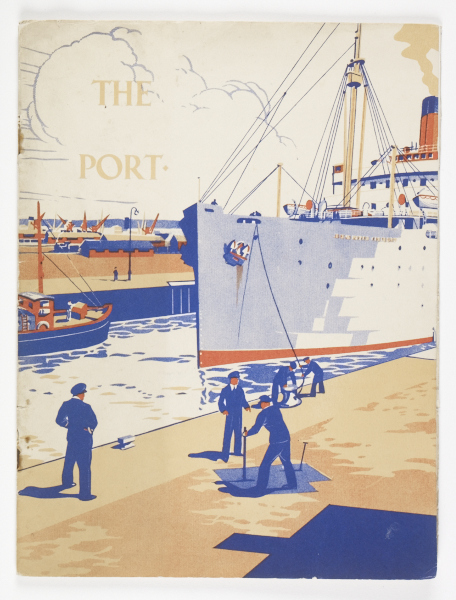Port of London Authority
The Port of London Authority, established in December 1908, regulates all traffic on the tidal river Thames, from Teddington Lock to the end of the Kent/Essex strait of the North Sea. The PLA took over the conservancy of the Thames from the City of London, and for most of the 20th century owned and operated many of the docks and wharfs in the Port of London. Today, these have been sold, and the PLA manages the navigation and environment of the Thames.
The Port of London Authority was created to bring order to the chaos and congestion that prevailed on the Thames as rival wharfs, docks and river users battled for business in the late 1800s. At this time, London was the busiest port in the world. The PLA improved facilities by huge investment in equipment and buildings, from warehouse to railways.
The PLA worked throughout the 20th century to control traffic, secure the docks, dredge the river, maintain its banks, and protect the environment. It played a particularly notable role during the two world wars, when PLA workers in guarding the docks and river from German attack.
London's pre-eminence as a port was shattered by the Second World War and although the level of imports was finally regained by the 1960s, containerisation made London an unattractive destination since the port could not accommodate new huge shipping vessels. Even after it sold off its properties in the Port of London, the PLA continues to play a vital role in regulating and safeguarding use of the River Thames.








